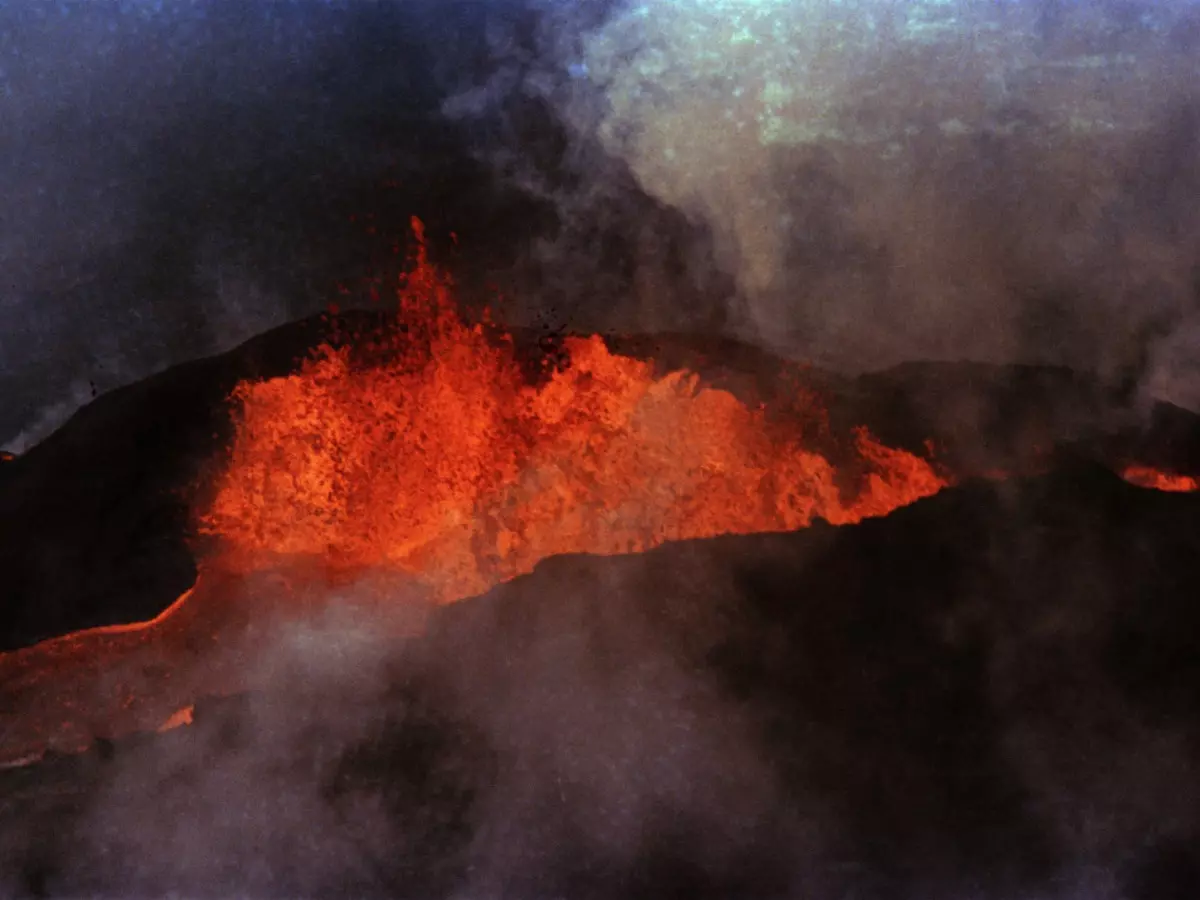Explained: Mauna Loa, World's Largest Active Volcano That May Erupt Soon
The world's largest active volcano, Mauna Loa, is indicating that it might erupt. Despite scientists' claims that they do not anticipate it happening immediately, People on Hawaii's Big Island are being advised to be prepared in case it occurs.

The world's largest active volcano, Mauna Loa, is indicating that it might erupt. Despite scientists' claims that they do not anticipate it happening immediately, People on Hawaii's Big Island are being advised to be prepared in case it occurs.
Mauna Loa last erupted 8 years ago. It has erupted 33 times in written history since 1843.
 AP
AP
What is a volcano?
A volcano is a crack or opening in the earth's surface that allows hot lava, volcanic ash, and gases to escape from a magma chamber below the surface. Lava and gas are released from a volcano during an eruption, which can be explosive. Volcanism is a process that has been going on on Earth since the beginning of its evolution more than 4 billion years ago.
The places where the tectonic plates of the Earth meet are called volcanic hotspots.
About Mauna Loa
Mauna Loa is one of five volcanoes that make up the Big Island of Hawaii, the Hawaiian archipelago's southernmost island. Although it is not the tallest but is the largest and covers roughly half of the island's surface. It is north of the Kilauea volcano, which is erupting from its summit crater right now. The 2018 eruption at Kilauea destroyed 700 homes and spread lava rivers across farms and into the ocean.
 AP
AP
On Mauna Loa, the Hawaiian Volcano Observatory has over 60 GPS stations that measure the location and amount of magma accumulating beneath the surface. Tiltmeters are used by scientists to track long-term changes in the ground.
An eruption's timing can be determined by a rapid shift in tilt. At the summit of Mauna Loa, there is also a thermal webcam that can tell if there is heat. While ground expansion and contraction can be monitored by satellite radar.
How can it erupt?
Scientists could not say anything until the eruption starts. Since 1843, every eruption has begun at the summit. The volcano started erupting from vents at lower elevations half the time later. The remaining half of the time, it only broke out in the caldera at the summit. The rift zone of the volcano usually forms vents.
 AP
AP
According to The Indian Express report, the rock is cracked and relatively weak, making it easier for magma to emerge, and that is where the mountain is breaking up. On the west side of the island, residential communities, coffee farms, and coastal villages could be affected by an eruption from vents in the southwest rift zone. The presence of another active volcano would shield the most populous town on the west side from any Mauna Loa eruption.
What are measures to mitigate volcanic disasters?
Having an evacuation plan is one of the best ways to reduce the risk of a volcanic eruption. Planning for emergency shelter and food supplies and secure evacuation strategies helps during such disasters.
 AP
AP
Exclusion zones can be established based on monitoring data to ensure that affected areas are evacuated prior to an eruption.
Further, locals can be educated on the steps they can take to lessen the likelihood of harm or death. If they are unable to be evacuated, they should be taught what to do to protect themselves, such as staying inside to avoid falling ash and rock.
